The Art and Impact of Avatar Creation in the Metaverse: Customization & Trends
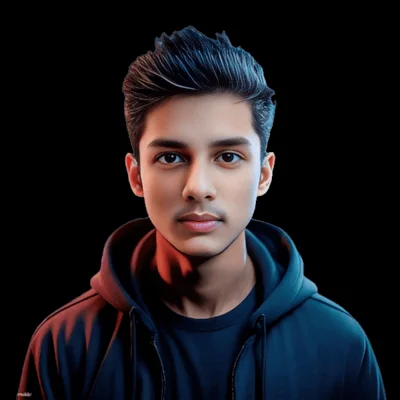 Lakshay Dhoundiyal
Lakshay Dhoundiyal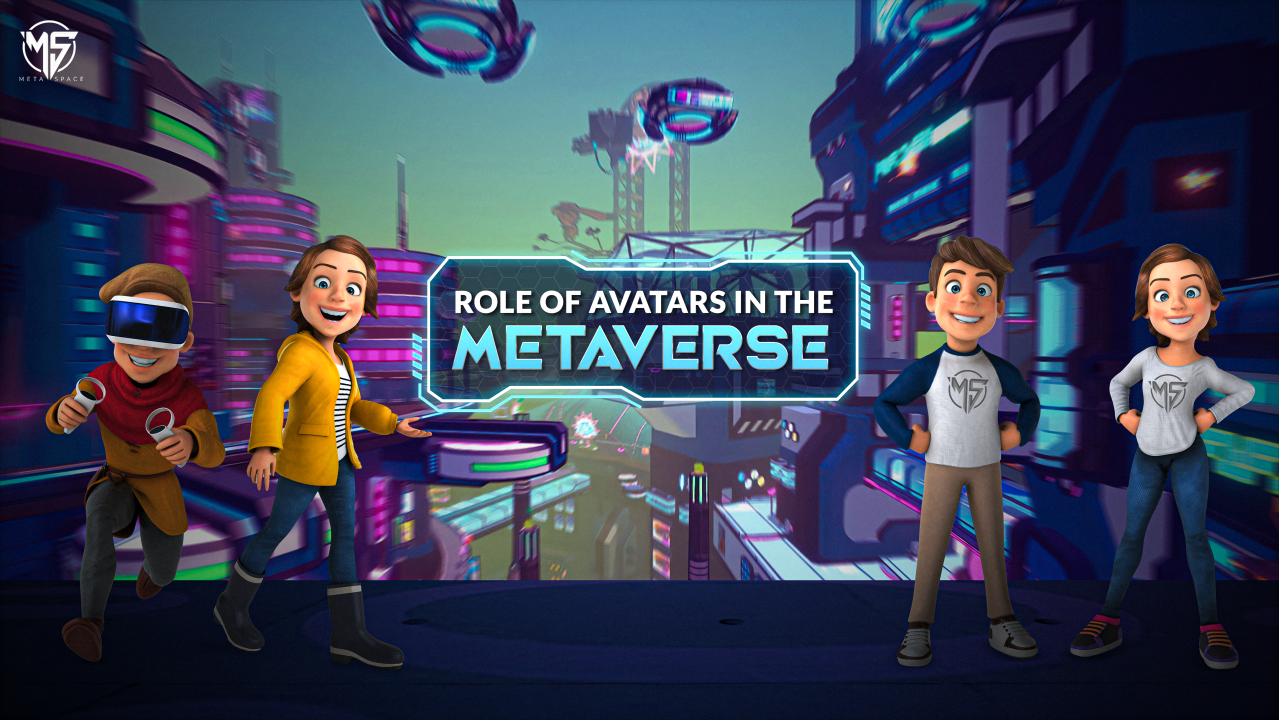
One of the most intriguing abilities that keep the Metaverse growing is users' creation and personalization of avatars. These avatars are not just digital, they are an extension of themselves and their persona. The following blog delves into details of avatar creation and personalization by exploring how such digital personas are created, what trends are going on, and what effect they have on virtual interaction and self-representation.
The Evolution of Avatar Creation
- The Early Days: From Simple Icons to Advanced Models
- First, avatars in virtual worlds were just simple icons or crude 2D characters. As the technology improved, so did the complexity of the avatars. Today, these avatars are 3D models that one can very much customize. In fact, according to Statista, in a report on the Metaverse in 2023, 68% of its users spend up to 40% of their time customizing their avatars-a sure sign that digital personal presentation will be an increasingly important concern.
- Technological Advancements
- Recent developments in graphics processing and AI have reshaped how avatars are created. It is possible to work with very detailed personalization options such as face, body, clothing, and accessories. The photo-realistic avatar development is possible with engines like Unreal Engine and Unity, and AI-powered tools such as GANs let much higher sophistication of personalization.
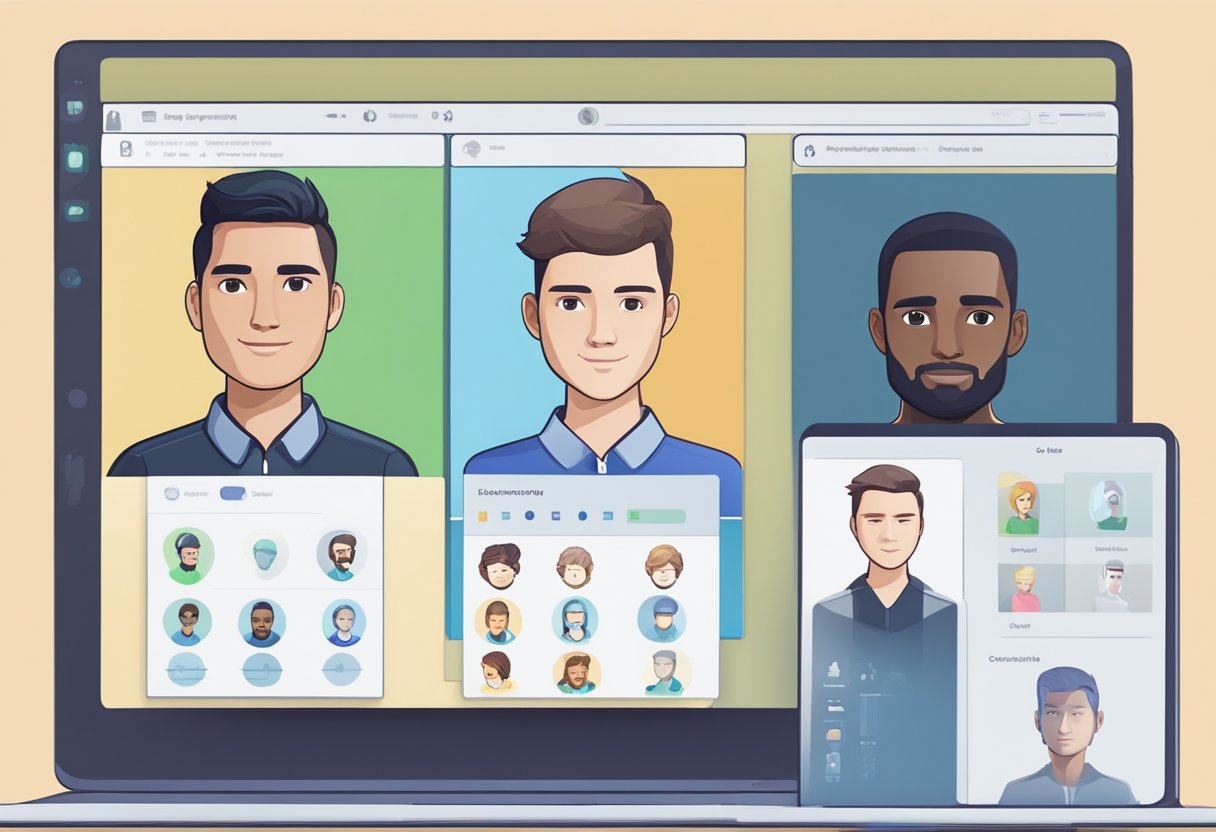
Customization Features: What’s Possible?
- Visual Customization
This will allow users to customize everything, right from the characters. Key Features:
a) Facial and Body Customization: Advanced sliders and morphing tools will allow detailed facial features and body types to be adjusted.
b) Clothing and Accessories: Virtual wardrobes boast innumerable options in casual wear to high fashion and many platforms provide the ability to upload one's designs.
- Functional Customization
Beyond aesthetics, avatars can be customized for functionality:
a) Skills and Abilities: In gaming and simulation environments, avatars can be equipped with specific skills or abilities, affecting their performance in virtual tasks.
b) Behavioral Traits: Some platforms allow avatars to exhibit unique behavioral traits, influenced by AI or user input.
- Cultural and Gender Representation
- Diverse representations have ensured that this demand has translated into the inclusion of more avatar options. In a survey conducted by the Pew Research Center, 74% of the users mentioned that having diverse avatar options is an important reason for them to engage in virtual spaces.
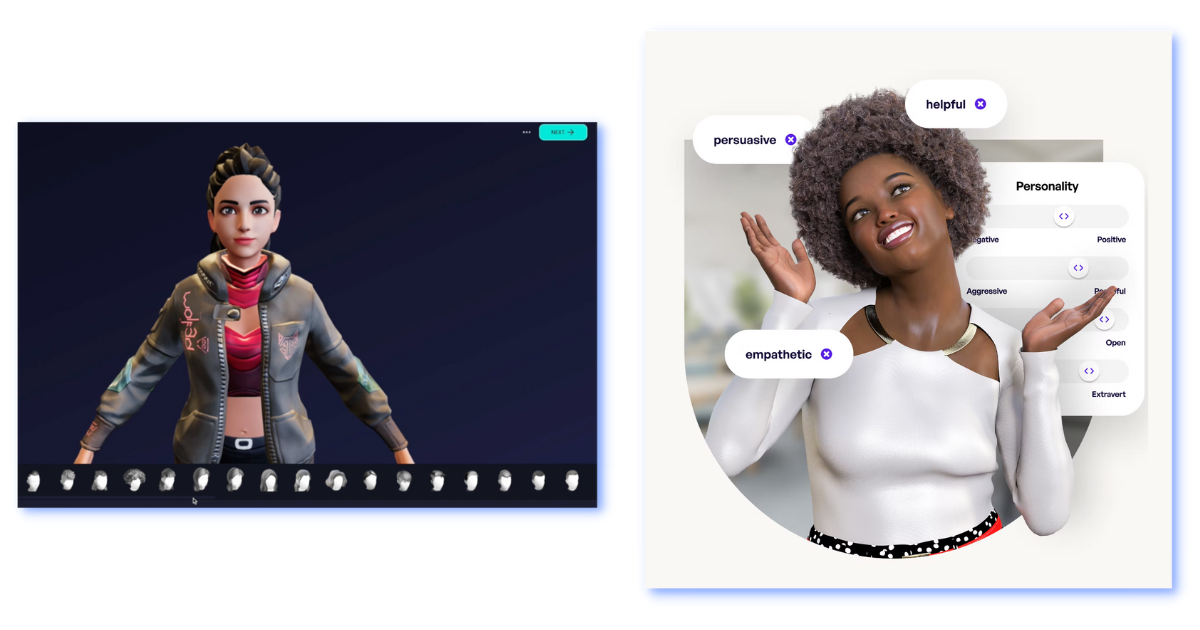
The Impact of Personal Representation
- Enhancing User Engagement
- According to research conducted at the Virtual Worlds Research Center, personalized avatars help users better immerse themselves in and become more involved with virtual environments. It was determined that users with high levels of specification and personalization in their avatars spent up to 30% more time building and interacting within virtual worlds than users with default avatars.
- Building Virtual Identity
- Avatars play a considerable role in the virtual identity of users. A good avatar can help people develop a sense of belonging and reflect their personalities. For example, users who feel represented in virtual spaces are more likely to participate in the activities of that community and make meaningful relationships.
- Psychological Impact
- The psychological influence of avatar personalization is remarkable. One published in the Journal of Virtual Worlds found that users who had invested time in personalizing their avatars to be the kind of worlds they belong to felt more satisfied with their achievements and feelings of presence.
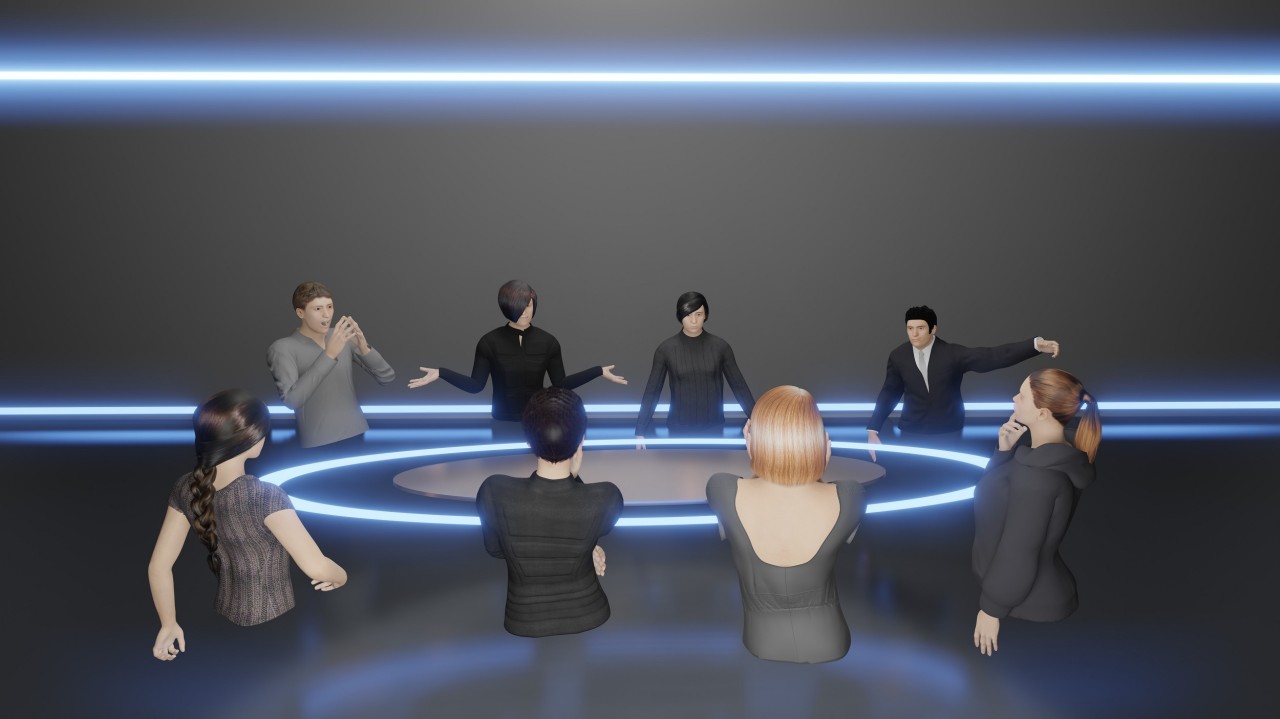
Trends in Avatar Customization
- Integration of AR and VR
- Augmented Reality and Virtual Reality coupled together enhance the experience of avatars. While AR allows users to look at their created avatars in the context of real-world usage, with VR, it is possible to use the avatars in more immersive ways.
- AI-Powered Customization
- AI is learning to apply more and more to aspects of making an avatar easier to use. AI algorithms shall soon be implemented to provide suggestions for a more personalized feature that the user may like, and this shall create a better user experience while thinking about the customization of avatars.
- Cross-Platform Consistency
- The latter many are targeted at cross-platform avatar consistency so that the same persona would be retained across several virtual worlds and applications.
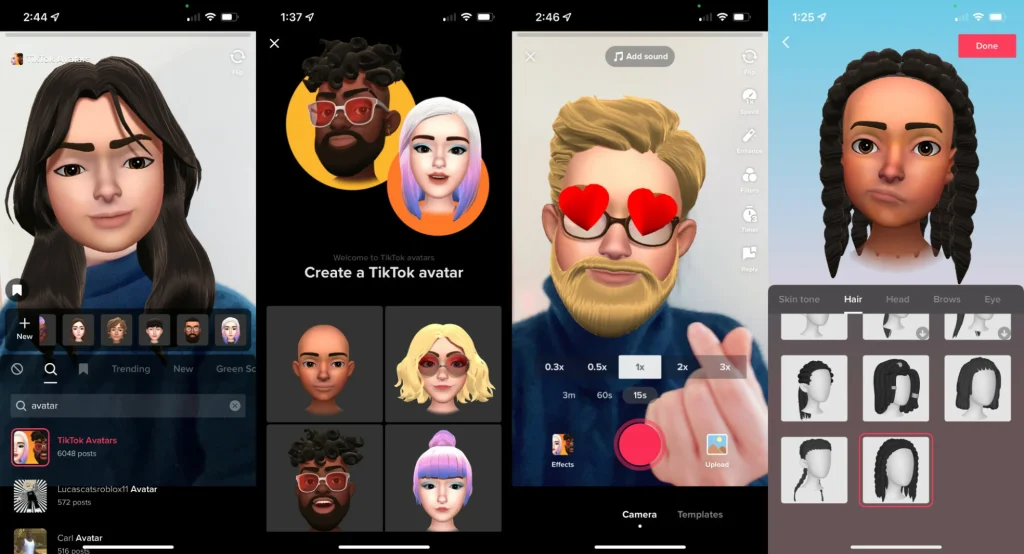
Avatar creation and personalization in the Metaverse allow users to extend their identities through detailed, customizable digital personas. From early 2D icons to today's advanced 3D models, technological advancements in graphics and AI have revolutionized avatars. Users spend significant time on visual and functional customization, enhancing cultural and gender representation. Personalized avatars boost user engagement, virtual identity building, and psychological satisfaction. Trends in avatar customization include the integration of AR/VR, AI-powered customization, and cross-platform consistency, promising a rich and immersive virtual experience. The ongoing trends and technological innovations promise even more exciting developments in how we represent ourselves in digital spaces.
Subscribe to my newsletter
Read articles from Lakshay Dhoundiyal directly inside your inbox. Subscribe to the newsletter, and don't miss out.
Written by

Lakshay Dhoundiyal
Lakshay Dhoundiyal
Being an Electronics graduate and an India Book of Records holder, I bring a unique blend of expertise to the tech realm. My passion lies in full-stack development and ethical hacking, where I continuously strive to innovate and secure digital landscapes. At Hashnode, I aim to share my insights, experiences, and discoveries through tech blogs.